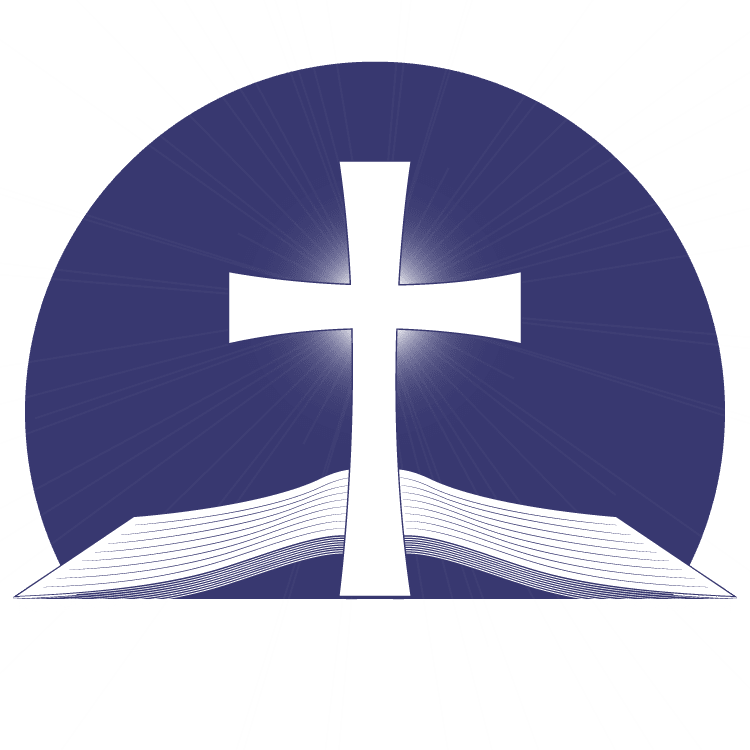Follow the Lamb
“Moses: The Deliverer”
Exodus 3:1-4:31
When John the Baptist saw Jesus entering the Jordan River, and he cried out: “Behold the Lamb of God who takes away the sin of the world.”
Because of their religious history:
- The people should have been able to make the connection between the “sacrifice” of an innocent lamb with the forgiveness of their sin.
- The people should have been able to make the connection between the “substitutes” of innocent lambs as an acceptable payment for their sin.
- But they were also living in the expectation that one day, God was going to send “One Lamb” to pay for the sins of all mankind – He would be the Lamb of God, slain from the foundation of the world!”
- John the Baptist said, Jesus was that Lamb of God!
In Genesis 3:15, that “Lamb” was identified as the “Seed” of the woman who would eventually crush the head of Satan as his punishment for deceiving Adam and Eve.
- Matthew and Luke outline the genealogy of that “Seed” from Seth, the third son of Adam and Eve, to Jesus, the first-born Son of the Virgin Mary – 66 generations!
- But as God unfolded the lineage of the Savior, He also gave illustrations (“types”) of the kind of Savior He would be and the kind of ministry He would perform.
- Joseph – the Perfect Portrait of Jesus – over 150 parallels in the main events of their lives.
- Moses – the Deliverer – over 75 parallels in the main events of their lives.
The call and ministry of Moses parallels the life of Christ in three major ways:
- God gave Moses a burden for his people who were serving as slaves and being mistreated by the Egyptians while he lived in luxury!
- “Jesus…who, being in the form of God, though it not robbery to be equal with God!” – Philippians 2:6
- God allowed Moses to “die to himself” in the 40 years he spent in the desert tending sheep.
- Jesus “Made himself of no reputation, and took upon himself the form of a servant and was made in the likeness of men.” – Philippians 2:7
- God miraculously raised Moses up to be the “deliverer” of the children of Israel from Egypt to the Promised Land.
- “Wherefore God also hath highly exalted Him and given Him a name that is above every name – that at the name of Jesus, every knee should bow!” – Philippians 2:8-9
For this study, the life of Moses is divided into four callings:
-
The Calling of Separation – Exodus 2:11-25
Being the adopted son of Pharaoh’s daughter, Moses was trained by the most learned Egyptian instructors.
- But God’s work must be done in God’s way to achieve God’s purpose – all of his “Egyptian” training had to be submitted to the will of God, and his “personal” agenda had to be subdued by the power of God.
- To evidence that “humanness”, God allowed Moses to see the suffering of his people, have the desire to deliver them, but attempt to meet their need in a selfish way, and in so doing he killed an Egyptian.
- When news began to spread about what Moses had done, Moses fled to Midian where he submitted himself as a servant to a man who raised sheep.
- For 40 years, God used the activity that was detestable to Moses to rid him of his pride, his arrogance, his selfishness, and anything else that would hinder him from being a true servant of God.
-
The Calling of Revelation – Exodus 3:1-9
Moses led his flock to pasture on the backside of Mt. Horeb – the “Mountain of God!”
- God revealed Himself to Moses in the flames of fire that had consumed a bush, but had not destroyed it.
- What Moses saw was the manifestation of the “Pre-incarnate Christ – the second Person of the Godhead, the very Son of God! (Not Jesus; but God the Son)
- This is called a “Theophany” or “Christophany” – the visible manifestation of the Almighty God
God visibly appeared to Adam and Eve, Abraham, Lot, Jacob, Joshua, Daniel, etc. Jesus was the full and final revelation of God to man, as confirmed in Hebrews 1:1-3!
God gave Moses four messages from the burning bush:
- The message of incarnation – God will indwell and empower those He uses for His glory.
- The message of revelation – God’s servants must have that personal encounter with Him before they can be used in the world.
- The message if inspiration – whatever God calls His servants to do, they are to maintain His holiness.
- The message of preservation – God’s decision to deliver the Israelites was based upon His compassion, but centered in His promise to Abraham.
-
The Calling of Reservation – Exodus 3:9-18
- First, Moses asked: “Who am I?” – Moses had spent the last 40 years thinking about his first effort to deliver his people from bondage, which did not end well!
- Second, Moses asked: “Who are You?” – God said to tell the people of Israel: “I AM who I AM!” – the self-existent, eternal and everlasting God of your fathers!
-
The Calling of Dedication – Exodus 3:19-31
- Moses laid down his “rod” – his life – it was no longer his, but God’s – and he returned to Egypt.
- With reluctance, Moses’ family obeyed as well – Vs. 31 – “And the people believed, and when they heard that the Lord had visited the children of Israel, and that he had looked upon their affliction, then they bowed their heads and worshipped.”






